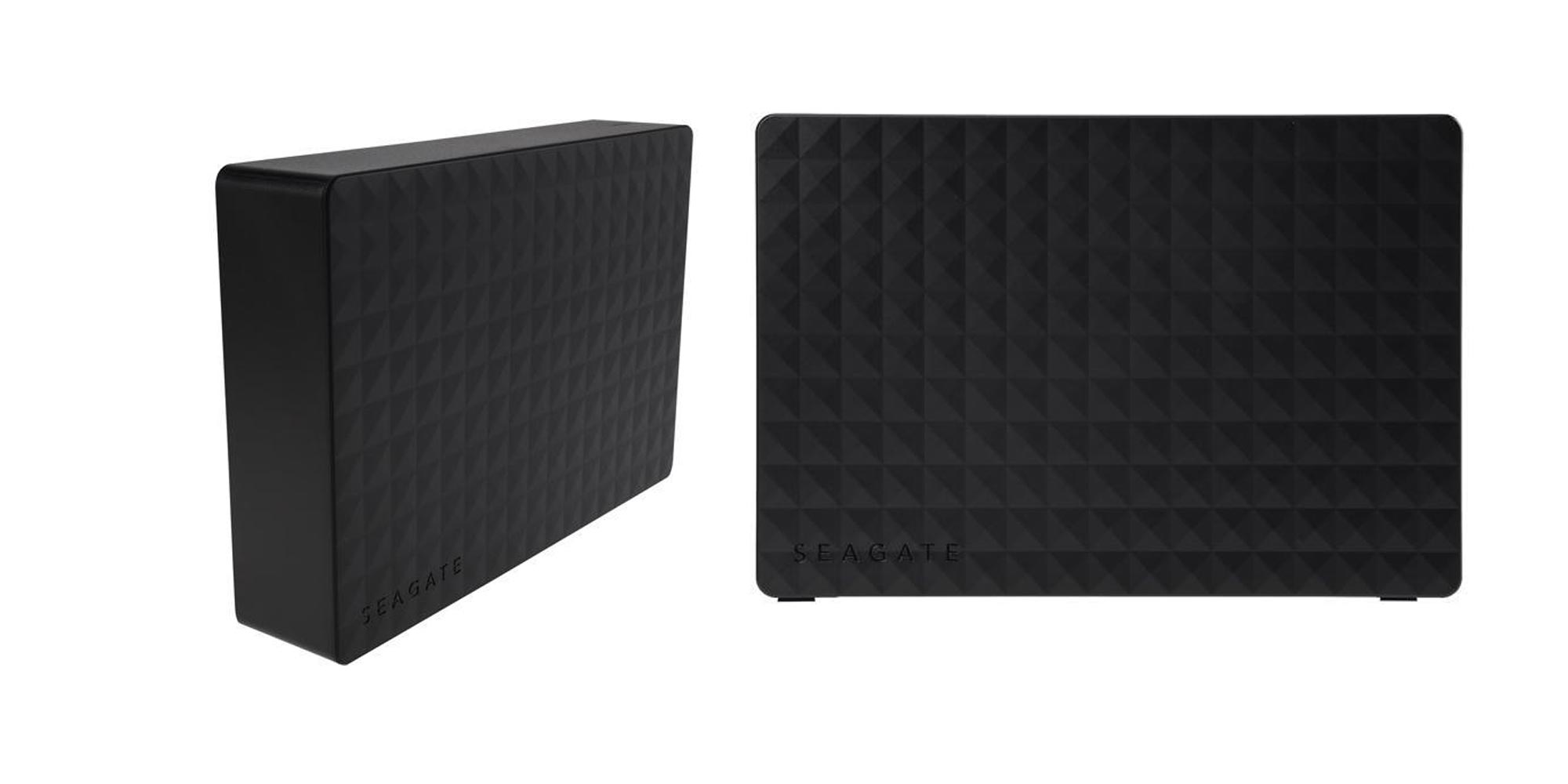
Note that laptops with built-in USB 3.2 Gen 2×2 ports are far from ubiquitous so we didn’t bother to include the new class of SuperSpeed USB 20Gbps SSDs even though they are close to twice as fast. It’s worth mentioning the Kingston is a rare breed for it is the first thumb drive that integrates both SSD controller and USB interface in a single-chip solution. These drives, save for Kingston DataTraveler Max, are all NVMe SSDs behind a USB 3.2 2×1 bridge chip. To illustrate how fast USB 3.2 Gen 2×1 (10Gbps) is in real-world scenarios, we compared the speed of five USB solid-state drives in the bar graph below. The new Gen 2×2 and 2×1 mode also reduce the overhead from 20% to just 3% with the USB 3.2’s new 128b/132b encoding scheme hence, you see better effective throughput. But your mileage may vary depending on the system. When taking into account protocol overheads, latency, and flow control, the fastest USB 3.2 Gen 1 device should operate at near 450Mbytes per second whereas a USB 3.2 Gen 2×1 device – in best case scenario – should perform at 1.1Gbytes per second under ideal conditions. USB 2.0 is still widely used it delivers both Hi-Speed and Full-Speed modes that operate at 480Mbps and 12Mbps respectively. In the real world, we’ve seen first generation USB 3.2 Gen 2×1 (aka SuperSpeed USB 10Gbps) SSD from Crucial manages to push the real-world performance close to 800MBps (or 6.4Gbps) whereas USB 3.2 Gen 1 (aka SuperSpeed USB 5Gbps) equivalent can reach close to 400MBps (or 3.2Gbps). It can also work with either legacy USB 3.0 Type-A or USB-C cables. The maximum theoretical data transfer is 5Gbps. USB 3.2 Gen 1 is basically USB 3.0 that was superseded by USB 3.1 Gen 1.If you need 10Gbps over a longer distance, USB 3.2 Gen 1×2 might be an option (if you can find the host and device that support this particular mode). This mode, introduced as part of the new specification, boosts 10Gbps transfer rate over a passive USB-C cable of 3m in length. USB 3.2 Gen 1×2 takes advantage of dual-lane operation capability of a certified USB-C cable, providing two lanes of 5Gbps.Note that passive cables are mostly 1m or shorter in length in order to maintain optimal signal quality transferring data in USB 3.2 Gen 2×1. This mode – marketed under SuperSpeed USB 10Gbps – is also the fastest speed that Thunderbolt 3 supports natively. Providing a single lane of 10Gbps, it can work with either USB-C cables or legacy USB 3.0 Type-A cables.

USB 3.2 Gen 2×1 is alternatively known as USB 3.1 Gen 2.This speed mode requires the use of certified, full-featured USB-C cables. USB 3.2 Gen 2×2 defines data transfer rate at 20Gbps over two lanes at 10Gbps each, hence the name SuperSpeed USB 20Gbps on its official namesake logo.

The latest USB specification brings us four speeds altogether and they are as follows: Now that the original USB 3.0 has received two major updates, we are now at USB 3.2. This is largely due to the fact that each new USB standard absorbs all previous 3.x specifications and at the same time gives them new monikers. On Atto, some of the results were slightly lower, but not by much, with read rates leveling out at around 157 MB/s and write rates at around 160 MB/s for a 1GB file.Since the introduction of USB 3.0, making sense of USB marketing names has been a source of frustration for consumers. For a 1GB file, read rates remained steady at around 169 MB/s, and write rate averaged around 159 MB/s after several test runs on CrystalDiskMark.
SEAGATE EXPANSION 8TB CRYSTAL DISKMARK PLUS
I connected the 6TB Seagate Backup Plus Hub to a budget laptop that was brand new out of the box (a Lenovo IdeaPad S145). To test the read/write speeds, I used two benchmark tools: CrystalDiskMark and Atto Disk Benchmark. Although it’s not a 7,200 RPM hard drive it still has a decent data transfer speed, with a maximum data transfer rate of 160 MB/s. The internal HDD is 3.5 inches and spins at 5,400 RPM.
SEAGATE EXPANSION 8TB CRYSTAL DISKMARK DRIVER
The Hub is NTFS ready and includes the NTFS driver for Mac, so you can easily connect the HDD to your Mac without much hassle. On the front of the Seagate Hub sit the two USB ports, which you can use to connect to and charge your phone, tablet, camera, or other devices. The surface does show fingerprints, but you can easily wipe them away. I purposefully scratched the glossy surface with a coin, a pen, and with the side of my laptop as I opened it, and it didn’t leave any noticeable marks. It’s not waterproof or shockproof, but if you accidentally scrape the glossy surface with your pen or another object on your desk, it won’t leave a noticeable scratch.

The Seagate Hub is fairly durable and doesn’t scratch easily.


 0 kommentar(er)
0 kommentar(er)
